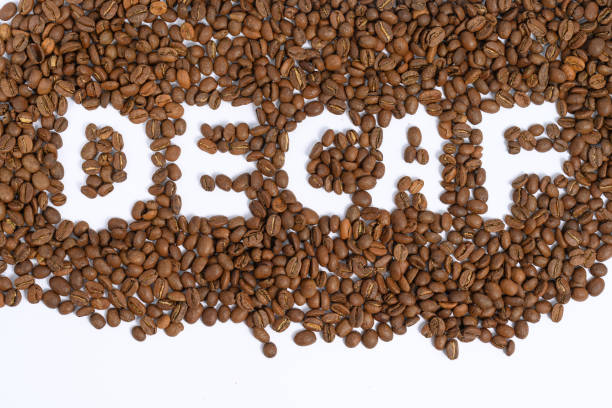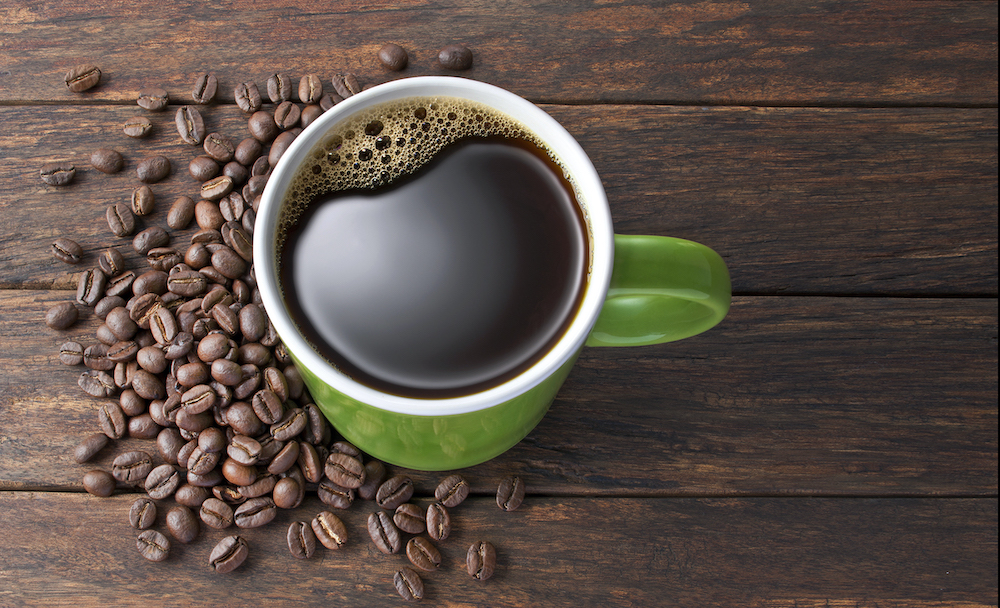Decaffeinated coffee is a popular choice for many due to health considerations, lifestyle choices, and personal preferences. Below are some key reasons why people opt for decaf over regular coffee.
Why should one choose Decaffeinated
coffee?
1. Sensitivity to Caffeine
Some individuals react strongly to caffeine, experiencing restlessness, nervousness, or a rapid heartbeat. Decaf provides a way to enjoy coffee without these unwanted effects.
2. Improved Sleep
Since caffeine is a stimulant, consuming it late in the day can interfere with sleep patterns. Decaf allows coffee lovers to enjoy their drink at night without disrupting their rest.
3. Health Considerations
Certain medical conditions, such as acid reflux, heart conditions, or high blood pressure, require a reduction in caffeine intake. Decaffeinated coffee offers a gentler option for those with such concerns.
4. Pregnancy and Breastfeeding
Expecting and nursing mothers are often advised to limit caffeine consumption. Decaf serves as a safer alternative while still allowing them to enjoy coffee’s flavor.
5. Reduced Acidity
Decaf is often lower in acidity compared to regular coffee, making it a preferred option for those with digestive sensitivities or acid-related discomfort.
6. Enjoyment Without Stimulation
Some people love the ritual of drinking coffee but do not want the energizing effects of caffeine. Decaf allows them to enjoy the taste and experience without the buzz.
7. Late-Day or Evening Consumption
Those who drink coffee in the evening but want to avoid caffeine’s impact on their sleep often switch to decaf.
8. Managing Anxiety
High caffeine intake can sometimes increase feelings of anxiety or stress. Switching to decaf can help maintain coffee-drinking habits without worsening these issues.
How Decaffeinated coffee Prepared
1. Swiss Water Process (SWP) – No Chemicals Used
- In this method, caffeine is removed using only water, temperature, and time.
- The beans are soaked in warm water, allowing the caffeine and flavor compounds to dissolve.
- The water is then passed through specialized carbon filters that trap caffeine while retaining flavor elements.
- The beans are later reintroduced to this flavor-infused water to absorb their original taste.
- Advantages: Completely chemical-free, preserves more of the coffee’s natural flavor.
- Common in: Organic and specialty coffee markets.
2. Carbon Dioxide (CO₂) Method – Advanced & Precise
- This technique uses pressurized CO₂ to selectively remove caffeine.
- The beans are soaked to open their pores, and CO₂ is applied, acting as a natural solvent that binds only to caffeine molecules.
- Once extracted, the caffeine is separated from the CO₂, which can then be reused.
- Advantages: Efficient, retains the coffee’s original characteristics.
- Common in: Large-scale commercial decaf coffee production.
3. Ethyl Acetate (EA) Method – “Natural” Process
- Ethyl acetate, a compound found naturally in fruits and sugarcane, is used as a solvent.
- The coffee beans are first soaked in water, allowing the caffeine to dissolve.
- EA is then introduced, which selectively bonds with the caffeine and removes it.
- Finally, the beans are gently steamed to eliminate any remaining traces of EA.
- Advantages: Marketed as a “natural” decaf process, often labeled as Sugarcane Decaf.
- Common in: Coffee processed in Colombia and other regions where sugarcane is abundant.
4. Methylene Chloride (MC) Method – Effective but Controversial
- Here, methylene chloride is used to dissolve and extract caffeine from soaked coffee beans.
- The beans are then thoroughly washed and heated to remove any leftover solvent.
- Advantages: Well-known for preserving the coffee’s rich flavors.
- Safety Note: Strictly regulated to ensure no harmful residues remain.
Decaffeinated coffee provides the same rich aroma and taste of regular coffee with significantly less caffeine—typically removing at least 97% of it. Whether for health reasons or personal comfort, many people find decaf to be a great alternative. Decaffeination removes at least 97% of the caffeine, with European standards requiring up to 99.9% removal. Each method offers different benefits in terms of flavor retention and processing techniques.


